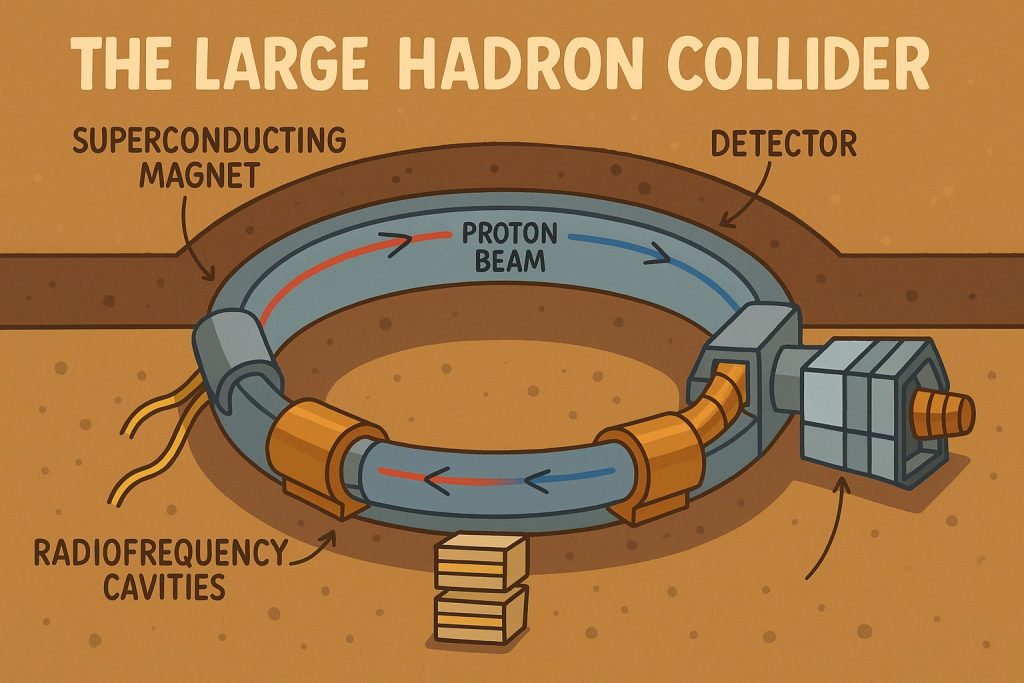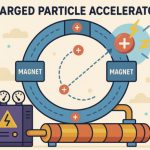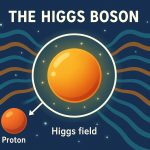The Large Hadron Collider (LHC) is the world’s most powerful and complex particle accelerator, located at CERN (the European Organization for Nuclear Research) near Geneva, Switzerland. Built to probe the deepest structures of matter, the LHC allows scientists to recreate conditions similar to those just after the Big Bang by smashing protons and other particles together at nearly the speed of light. It has led to major discoveries in physics, most notably the Higgs boson, and continues to push the boundaries of our understanding of the universe.
How the LHC Works
The LHC is a 27-kilometer-long circular tunnel, buried around 100 meters underground, crossing the border between France and Switzerland. It uses:
- Superconducting magnets, cooled to -271°C, to bend and steer particles;
- Radiofrequency cavities to accelerate protons and heavy ions;
- Detectors at collision points (e.g., ATLAS, CMS) to record the results.
Two particle beams travel in opposite directions in vacuum tubes and are made to collide at incredible energies — currently up to 13.6 TeV (tera-electronvolts). These high-energy collisions produce rare and exotic particles that existed only in the early universe.
Major Achievements of the LHC
- Discovery of the Higgs boson (2012) — Confirmed the existence of the particle responsible for mass in the Standard Model of physics.
- Tests of supersymmetry and searches for dark matter candidates, though results have so far been inconclusive.
- Precision measurements of known particles like the W and Z bosons, top quarks, and gluons.
- Probing quantum chromodynamics and the behavior of the strong force under extreme energy.
The LHC has also ruled out or constrained many theories that attempted to go beyond the Standard Model.
Why the LHC Matters
The LHC helps scientists answer questions like:
- What is dark matter?
- Why is there more matter than antimatter in the universe?
- What are the fundamental building blocks of reality?
It represents the intersection of engineering, computation, and theoretical physics, involving more than 10,000 scientists from over 100 countries. Its discoveries affect not only science, but also medicine, data analysis, and materials science, thanks to the technologies developed for its operation.
The Future of the LHC and Beyond
CERN is upgrading the LHC into the High-Luminosity LHC (HL-LHC) by 2029, aiming to increase the number of collisions and collect more data to refine existing theories and possibly uncover new ones.
There are also proposals for next-generation colliders, like the Future Circular Collider (FCC), which could reach collision energies over 100 TeV — over 7 times greater than the LHC.
Glossary
- Hadron: A particle made of quarks, like protons and neutrons.
- Higgs boson: A fundamental particle giving mass to others via the Higgs field.
- TeV (tera-electronvolt): A unit of energy used in particle physics.
- Superconducting magnet: A magnet that conducts electricity with zero resistance at very low temperatures.
- Dark matter: Invisible matter that does not emit light but has gravitational effects.


